GitHub Packages: A Guide to Publishing Packages
To publish NuGet packages to GitHub Packages, you need to configure the nuget.config file to authenticate with GitHub Packages, set the appropriate repository, and push your NuGet packages. This guide will walk you through how to publish a NuGet package to GitHub Packages and configure the nuget.config file.
Prerequisites
GitHub Account:
You need a GitHub account with access to the repository.
Personal Access Token (PAT):
A Personal Access Token (PAT) is required for authentication. Ensure that the PAT has the following scopes:
write:packages
read:packages
delete:packages (if applicable)
GitHub Repository:
Ensure you have a repository in GitHub that will host the NuGet packages.
Steps to Publish a NuGet Package to GitHub Packages
1. Generate a Personal Access Token (PAT)
Go to GitHub and click on your profile picture in the upper-right corner.
Select Settings.
In the left sidebar, click on Developer settings.
Choose Personal access tokens and click Generate new token.
Select the following scopes for the PAT:
write:packages(To publish packages)read:packages(To read packages)delete:packages(Optional, for unpublishing)Optionally, you can also select repo if you are pushing to a private repository.
Click Generate token and copy the token to use in the next steps.
2. Configure nuget.config File
The nuget.config file is where you configure the NuGet client to connect to GitHub Packages.
If you are using a global configuration, the
nuget.configis typically found in:
Windows:
%AppData%\NuGet\nuget.configMac/Linux:
~/.nuget/NuGet/NuGet.Config
You can also create a
nuget.configfile specific to your project (local configuration), which is stored in the root of your solution.
Example nuget.config for GitHub Packages
To configure NuGet to publish and restore packages from GitHub Packages, add the following to your nuget.config:
xxxxxxxxxx111<configuration>2 <packageSources>3 <add key="GitHubPackages" value="https://nuget.pkg.github.com/your-org/index.json" />4 </packageSources>5 <packageSourceCredentials>6 <GitHubPackages>7 <add key="Username" value="your-github-username" />8 <add key="Password" value="your-pat-token" />9 </GitHubPackages>10 </packageSourceCredentials>11</configuration>Replace
your-orgwith your GitHub organization or username.Replace
your-github-usernamewith your GitHub username.Replace
your-pat-tokenwith the Personal Access Token (PAT) you generated earlier.
This configuration ensures that NuGet knows where to push and restore packages from GitHub Packages.
3. Create and Build Your NuGet Package
Ensure your .NET project has a .csproj file (or .vbproj, .fsproj depending on your language).
Make sure the project includes relevant metadata such as version, description, and author in the .csproj file.
Here’s an example:
xxxxxxxxxx91<Project Sdk="Microsoft.NET.Sdk">2 <PropertyGroup>3 <TargetFramework>netstandard2.0</TargetFramework>4 <PackageId>MyPackage</PackageId>5 <Version>1.0.0</Version>6 <Authors>Your Name</Authors>7 <Description>Sample NuGet Package</Description>8 </PropertyGroup>9</Project>Build the package using the dotnet pack command:
xxxxxxxxxx11dotnet packThis will generate a .nupkg file, which is the NuGet package.
4. Publish the NuGet Package to GitHub Packages
Now that the nuget.config file is set up and the package is created, you can publish your package to GitHub Packages.
To publish the NuGet package, run the following command:
xxxxxxxxxx11dotnet nuget push ./bin/Debug/MyPackage.1.0.0.nupkg --source "GitHubPackages"Replace
./bin/Debug/MyPackage.1.0.0.nupkgwith the actual path to your.nupkgfile.Ensure that the
--sourceflag points to theGitHubPackagessource as specified in thenuget.configfile.
This will upload the package to the GitHub Packages registry.
5. Consume the NuGet Package from GitHub Packages
To consume the NuGet package that you just published, you can reference it in another .NET project by editing its nuget.config file to point to the GitHub Packages registry and then restoring the package.
Update
nuget.config** in the consuming project:**Ensure the
nuget.configfile in the consuming project is configured to point to GitHub Packages as shown in Step 2.Add the NuGet package to the project by editing the
.csprojfile:xxxxxxxxxx31<ItemGroup>2<PackageReference Include="MyPackage" Version="1.0.0" />3</ItemGroup>Restore the package: To restore the package in the consuming project, run:
xxxxxxxxxx11dotnet restoreBuild the project: Finally, build the project to ensure the package is correctly restored:
xxxxxxxxxx11dotnet build
Best Practices for Publishing NuGet Packages to GitHub Packages
Versioning:
Use Semantic Versioning (SemVer) for your NuGet packages. This helps consumers of your packages know when there are breaking changes, new features, or bug fixes.
For example:
1.0.0 – Initial release.
1.1.0 – New feature added.
2.0.0 – Breaking change.
Private vs. Public Packages:
For public packages, set the repository to be publicly accessible.
For private packages, ensure that the repository is private and access control is managed via GitHub authentication.
Use GitHub Actions for CI/CD: Automate the process of building and publishing your NuGet packages using GitHub Actions. This way, packages are automatically published to GitHub Packages whenever you create a new release or push new changes.
Example GitHub Action workflow for publishing a NuGet package:
xxxxxxxxxx221namePublish NuGet Package2on3 push4 tags5'v..'6jobs7 publish8 runs-onubuntu-latest9 steps10nameCheckout code11 usesactions/checkout@v212nameSet up .NET13 usesactions/setup-dotnet@v114 with15 dotnet-version'5.0'16namePublish NuGet Package17 run18 dotnet restore19 dotnet pack --configuration Release20 dotnet nuget push ./bin/Release/MyPackage.1.0.0.nupkg --source "GitHubPackages"21 env22 NUGET_AUTH_TOKEN$ secrets.GITHUB_TOKEN This example shows a GitHub Action workflow that triggers on tag pushes (v..), restores the NuGet package, packs it, and then publishes it to GitHub Packages using the GitHub token.
Security:
Never hard-code sensitive information like your PAT in your configuration files. Use GitHub Secrets or GitHub Actions secrets for managing sensitive tokens securely.
Summary
Publishing NuGet packages to GitHub Packages is a straightforward process once you configure your nuget.config file correctly and set up the appropriate authentication. By following the steps outlined in this guide, you can automate the publication of your NuGet packages and ensure they are securely shared and versioned. Integrating GitHub Packages into your CI/CD pipeline using tools like GitHub Actions will further streamline the process and ensure that your packages are always up-to-date.




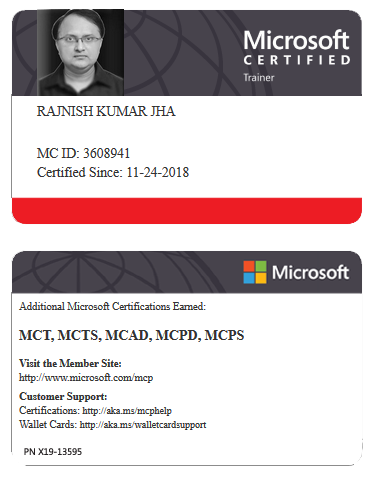




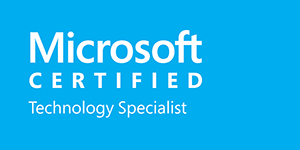

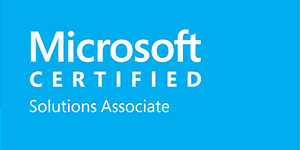
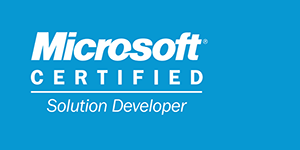



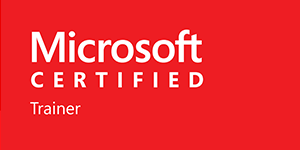





Leave a Reply